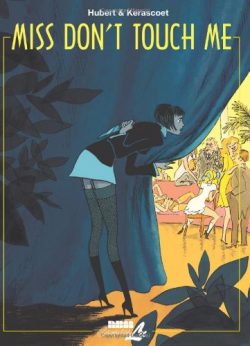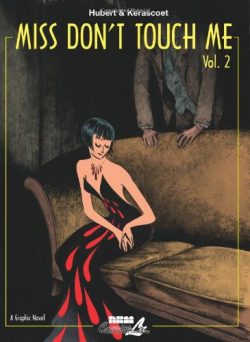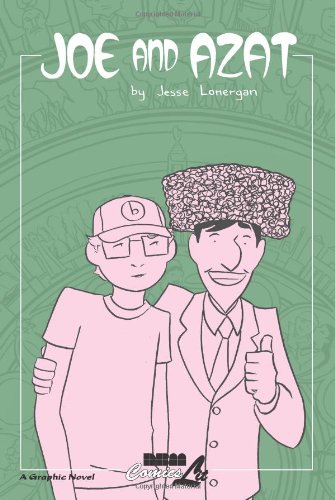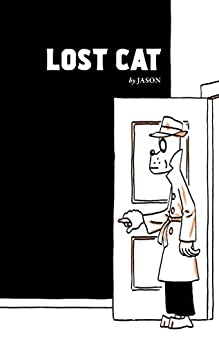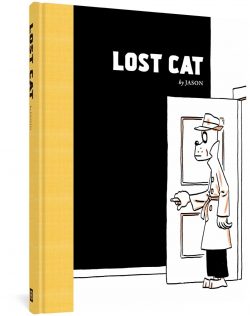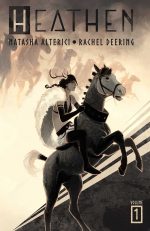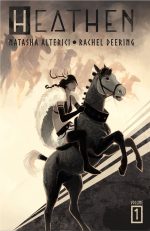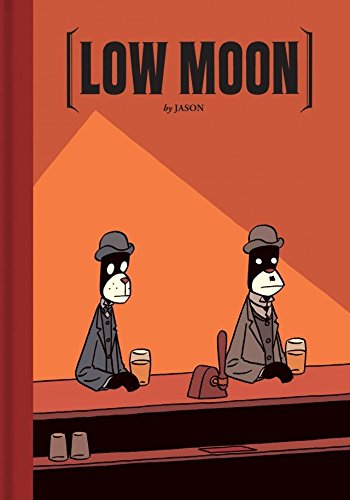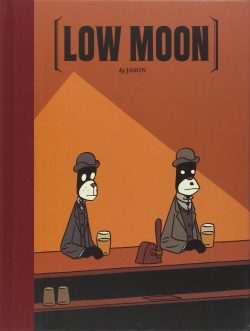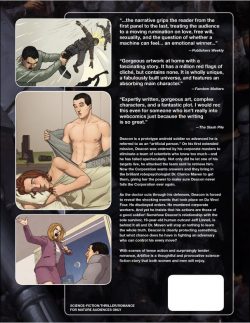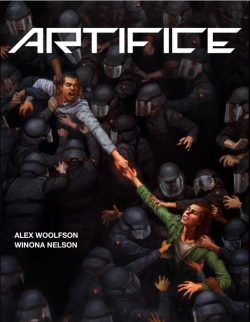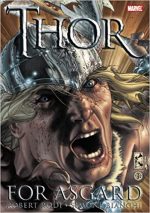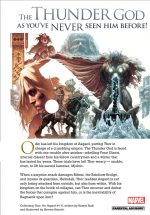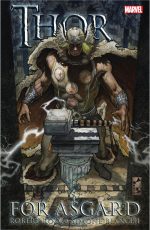
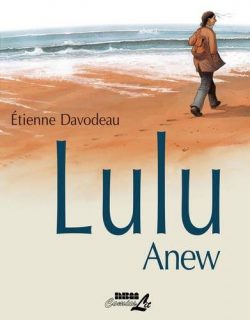
By Étienne Davodeau, translated by Joe Johnson (NBM/Comics Lit)
ISBN: 978-1-56163-972-4 (HB/Digital)
In 2010 Bande Dessinée artist, writer and designer Étienne Davodeau completed a 2-volume tale he’d started in 2008. He was already popular, award-winning and extremely well-regarded for his reality-based and reportage style comics work, but Lulu femme nue was something that was special even for him. Within a year the story had been made into a much lauded and celebrated film by Solveig Anspach.
Davodeau was born in 1965 and, whilst studying art at the University of Rennes, founded Psurde Studios with fellow comics creators Jean-Luc Simon and Marc “Joub” Le Grand. His first album – L’Homme qui aimait pas les arbres (The Man Who Did Not Like Trees) – was released in 1992.
He followed up with a string of thoughtful, passionate and beautifully rendered books like The Initiates, Les Amis de Saltiel, Un monde si tranquille, Anticyclone, Les Mauvaises Gens: une histoire de militants, Le Chien Qui Louches and Le Droit du sol : Journal d’un vertige. Consequently he is now regarded as an integral part of the modern graphic auteur movement in French and Belgian comics.
NBM translated and collected both volumes of the dreamily moody mystery into a stunning hardback edition and Lulu Anew is now regarded as one of the very best graphic novels of its genre…
It begins with a kind of Wake where a number of friends gather to learn the answers to a small, personal but immensely upsetting event which has blighted their lives of late. Xavier is the first to speak and relates what they all already know. Lulu, a frumpy 40-something with three kids and a very difficult husband, has been missing for weeks. She went off for yet another distressing job interview and never came back…
It wasn’t some ghastly crime or horrible abduction. Something simply happened when she was in the city and she called to say she wasn’t coming home for a while…
The sun sets and the attendees calmly imbibe wine and eat snacks. A number of friends and family share their independently gleaned snippets of the story of Lulu’s aberration: a moment of madness where she put everything aside – just for a little while – and what happened next…
Bizarre unsettling phone calls to the raucous family home precede a quiet revolution as Lulu, without any means of support, inexplicably goes walkabout along the magnificent French Coast: living hand-to-mouth and meeting the sorts of people she never had time to notice before. Through interactions with strangers she learns about herself and at last becomes a creature of decisions and choices, rather than shapeless flotsam moved by the tides of events around her…
Related with seductive grace in captivating line-&-watercolours, here is a gently bewitching examination of Lulu’s life, her possible futures and the tragic consequences of the mad moment when she rejects them all. Unfolding with uncanny, compulsive, visually magnetic force, and told through and seen by the people who think they know her. This isn’t some cosmic epic of grand events, it’s a small story writ large with every bump in the road an unavoidable yet fascinating hazard. None of the so-very-human characters are one-sided or non-sympathetic – even alcoholic, often abusive husband Tanguy has his story and is given room to show it.
Ultimately, Lulu’s gradual, hard-earned resolution is as natural and emotionally rewarding as the seemingly incomprehensible mid-life deviation which prompted it…
Slow, rapturous and addictively compelling, Lulu Anew is a paragon of subtlety and a glowing example of the forcefully deceptive potent power of comics storytelling. Every so often a book jumps comics’ self-imposed traditional ghetto walls of adolescent fantasies and rampaging melodrama to make a mark on the wider world. This elegiac petit-epic makes that sort of splash. Don’t hesitate: dive right in.
© Futuropolis 2008, 2010. © NBM 2015 for the English translation.

